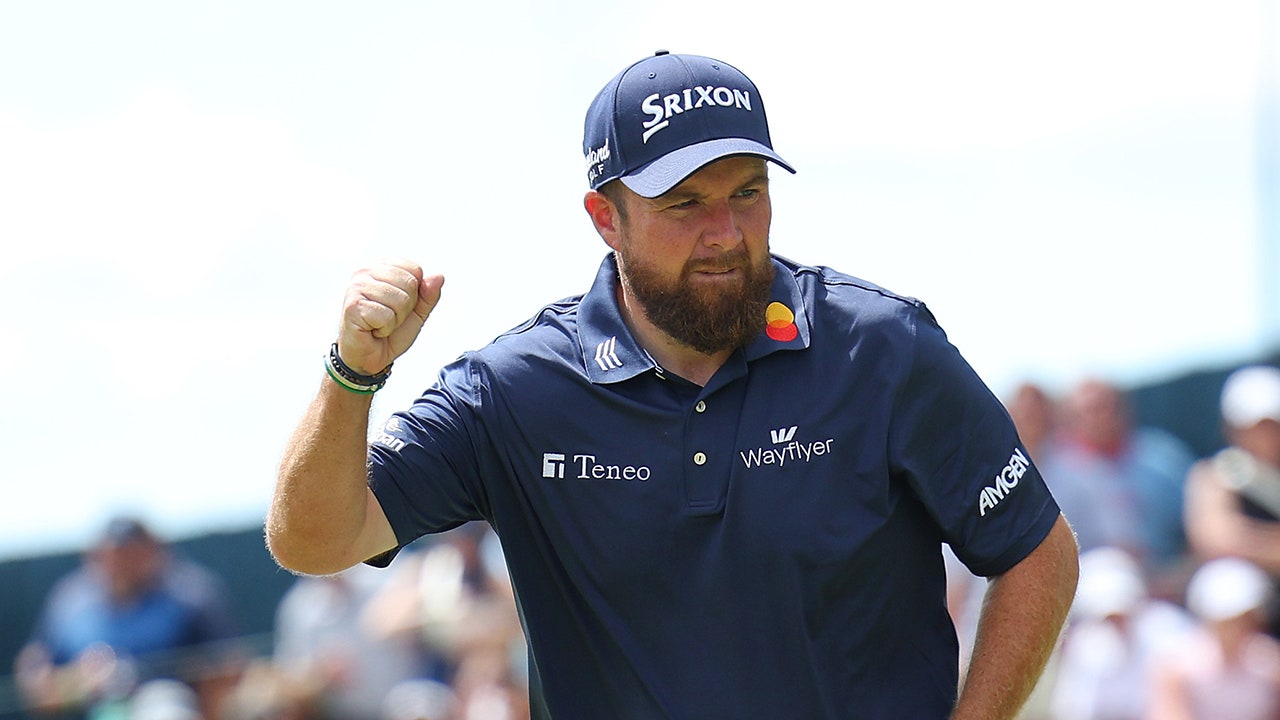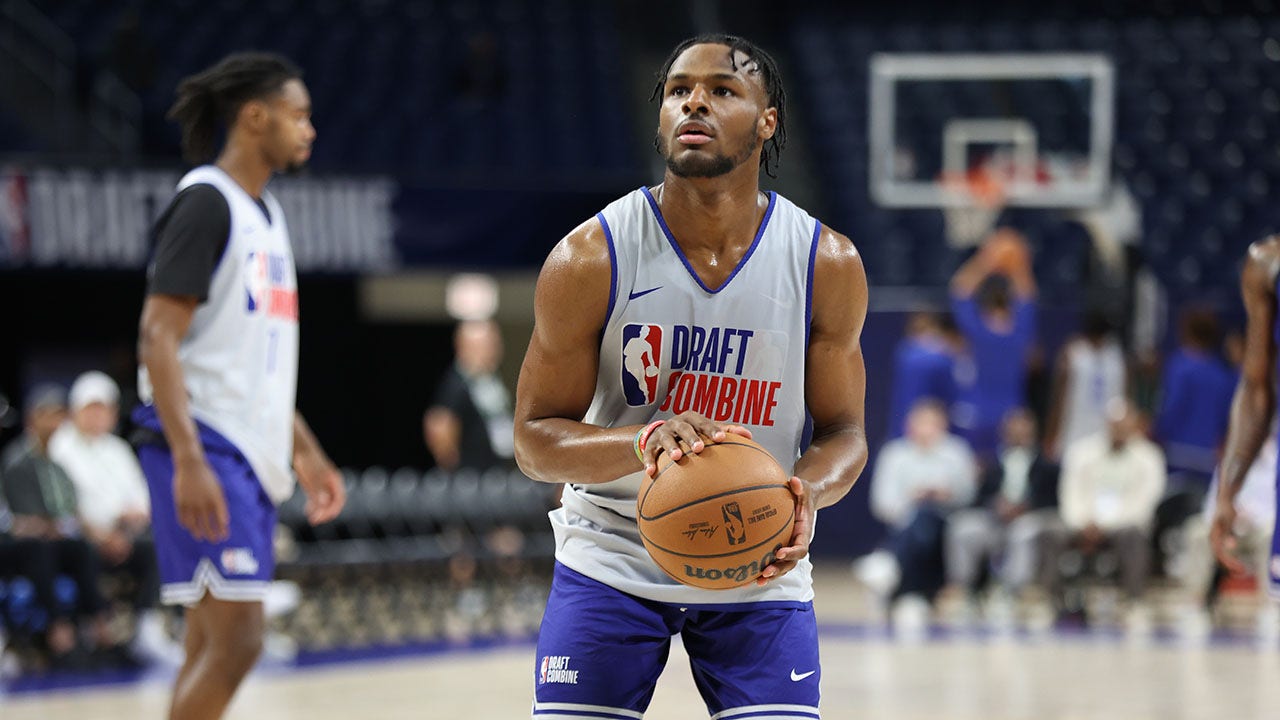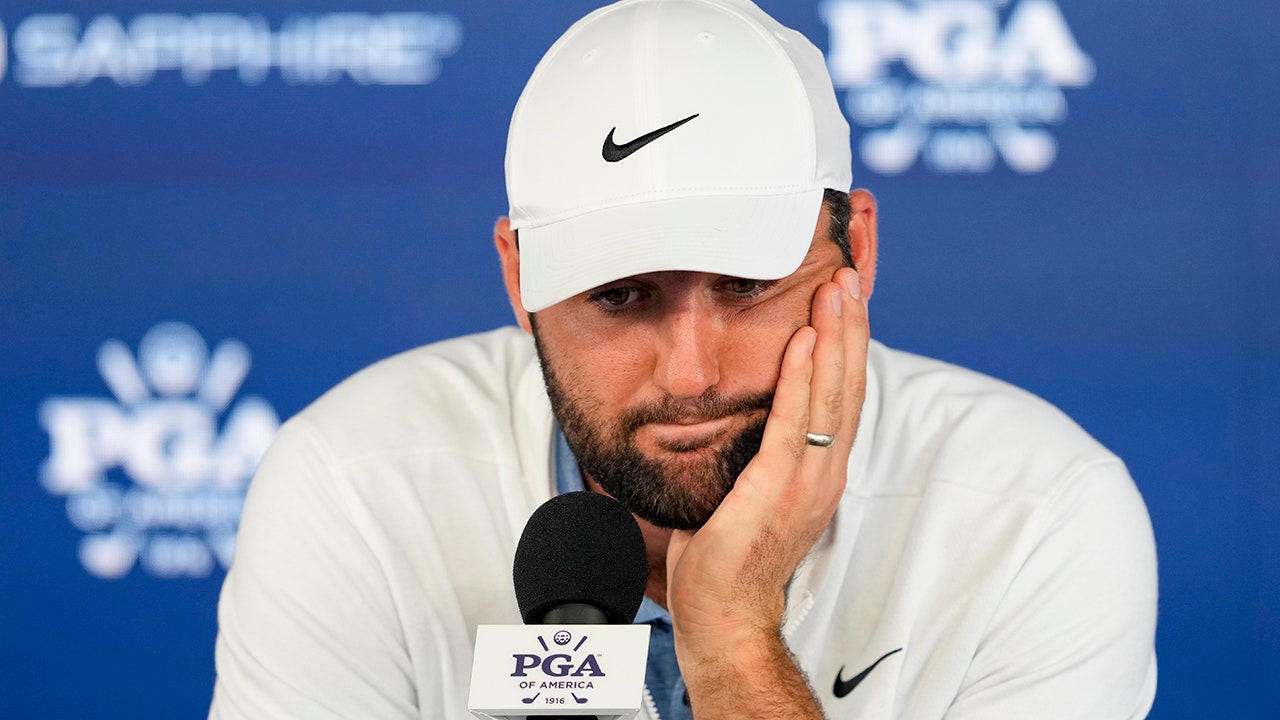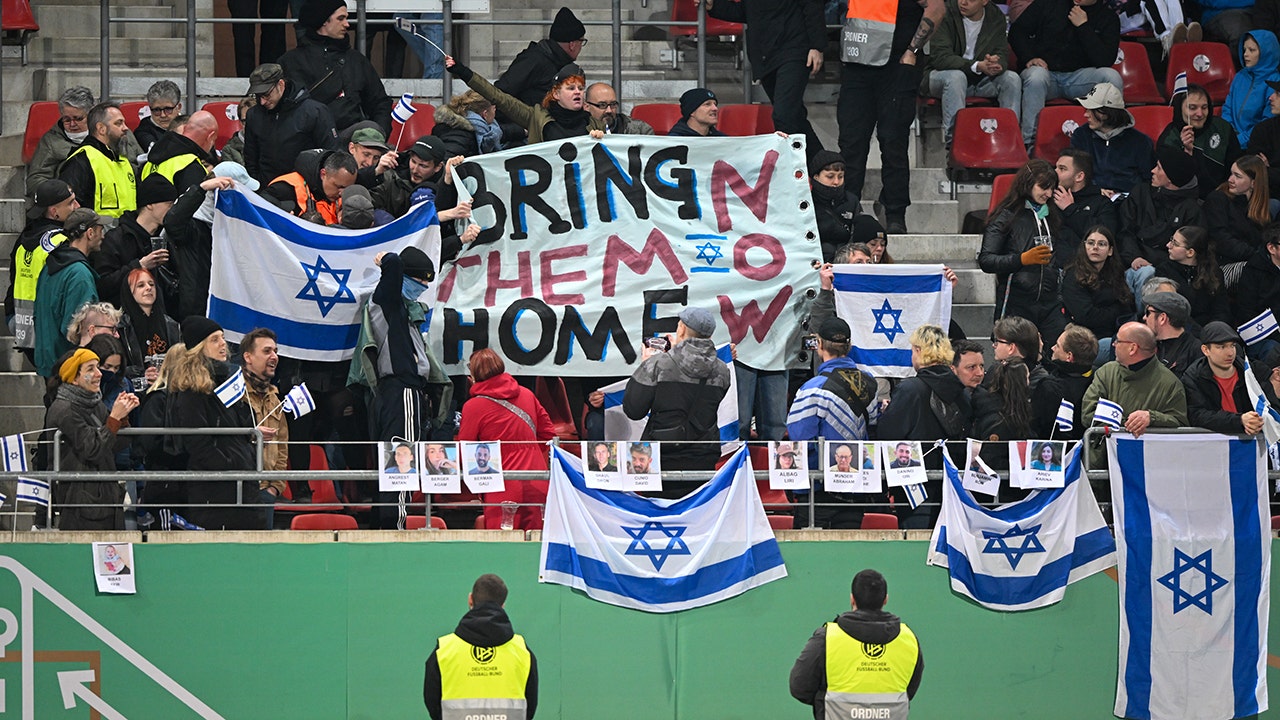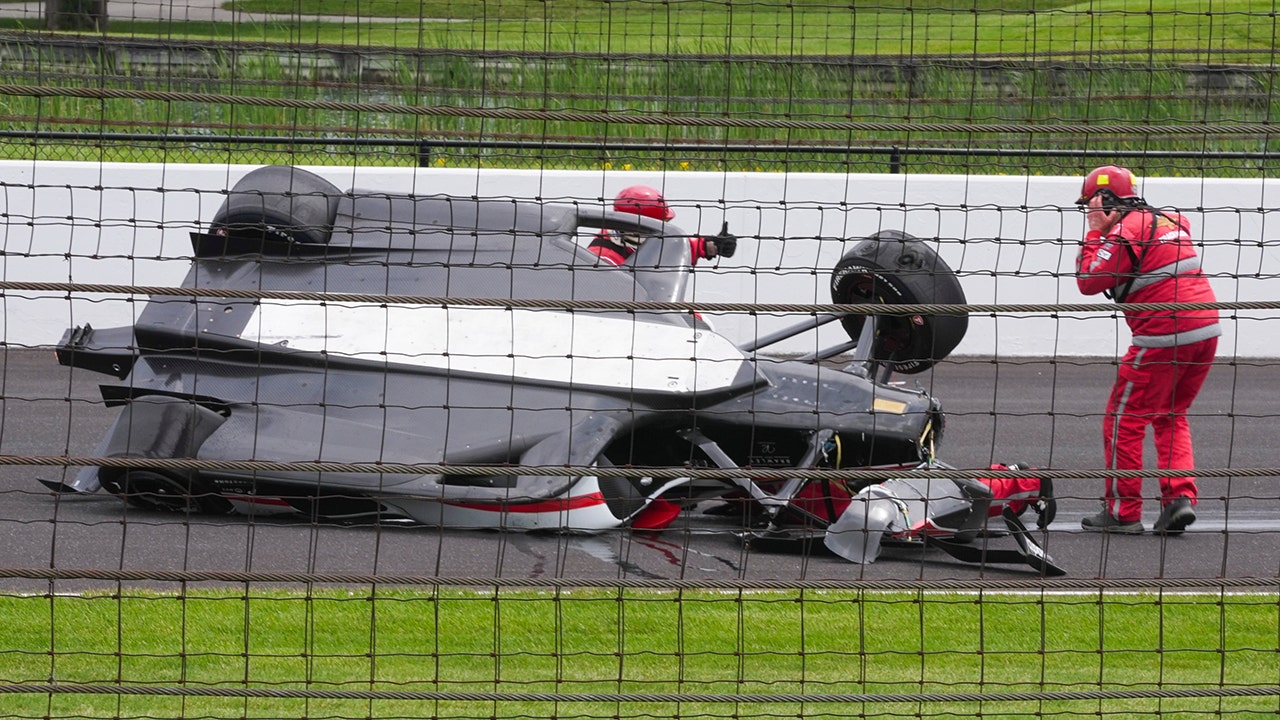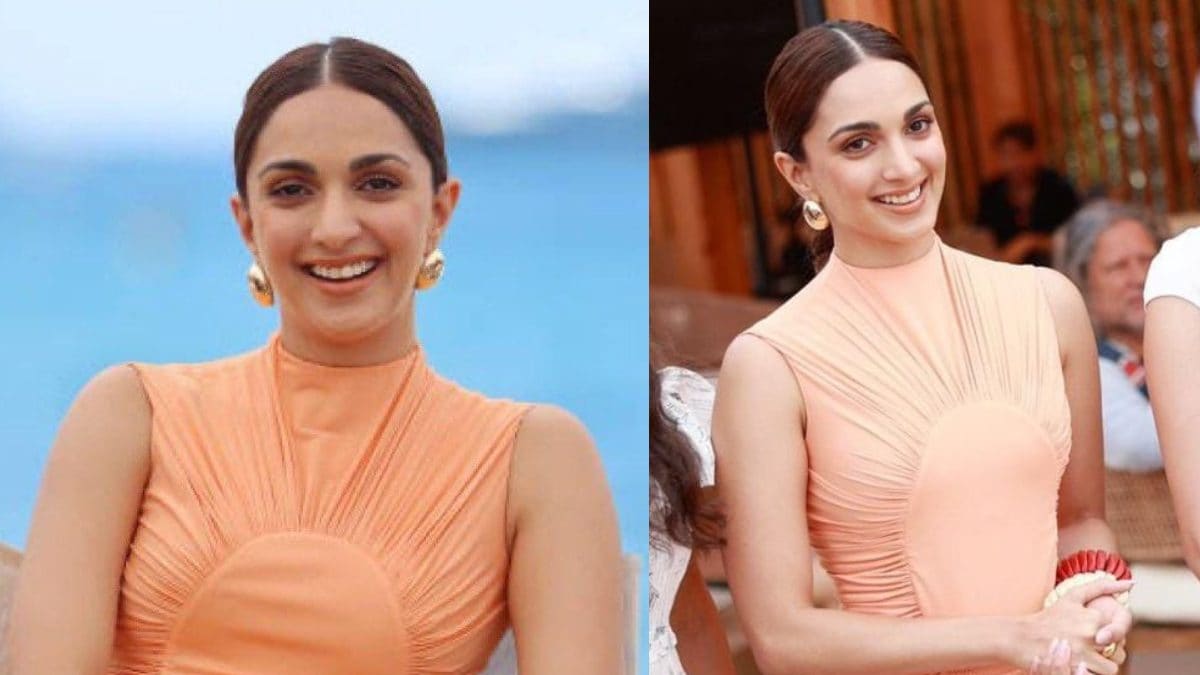Thursday night’s concert at the Kennedy Center was the first of two featuring Australian conductor Simone Young leading the NSO in Saariaho’s atmospheric masterpiece, French pianist Lise de la Salle performing Mozart’s ninth piano concerto (the “Jeunehomme”/”Jenamy,” whichevs), and the big bang, Richard Strauss’s “Also sprach Zarathustra.” (The program repeats on Saturday night.)
Currently the chief conductor of the Sydney Symphony Orchestra, Young sharpened her bona fides as a specialist in Wagner and Strauss while directing the Hamburg Philharmonic from 2005 to 2015. Recently, it was announced Young would fill in for conductor Philippe Jordan at Bayreuth this July, becoming the first woman conductor to conduct Wagner’s sprawling tetralogy in the festival’s 148-year history.
In both operatic and orchestral contexts, Young is a conductor with a handle on grandeur — how to grow, manage, sustain and tame it. This skill was on full display Thursday, where Young commanded authority over each piece on the program. Focused and unfussy, she brings the steady energy of an engine to the stage; at several points during Saariaho’s “Orion,” it was as though she was revving the orchestra into a roar.
“Orion” is one of the most potent showcases of Saariaho’s stunning mastery of color and robustly Finnish sense of landscape, here tilted upward to the stars. Split into three atmospheric sections — “Memento mori,” “Winter Sky” and “Hunter” — it’s a work that plays with perception, the fathomable and the un-.
The pulse threaded through “Memento Mori” is gradually overwhelmed by a swirling cosmos of sound — steep bluffs of strings, long strokes of harp, cascading trumpets, twinkling glockenspiel and pedaled organ notes that opened like a black hole. Sudden breaks of silence struck like power outages, with suspended cymbals leaving long resonant residue.
The psycho-cinematic “Winter Sky” grew outward from Carole Bean’s piccolo, spreading uneasily across the orchestra — with especially fine contributions from concertmaster Nurit Bar-Josef and principal cellist David Hardy. The movement climbs and thins into a spectral shimmer, skillfully shaped by Young.
The hot pursuit of “Hunter” was an electric finale — a frenzy of vertiginous strings disrupted by exclamations of brass. The darting xylophone lines of percussionist Erin Dowrey were a special treat — as was his section’s switch to swinging whirly tubes (or corrugaphones) overhead, issuing distant-sounding whistles as the interstellar tumult waned to a few pinpoints of light.
Thursday wasn’t the first time that Young and de la Salle have teamed up for a Mozart concerto. The Royal Stockholm Philharmonic Orchestra recently posted a January 2024 performance by Young and de la Salle of the composer’s 20th piano concerto, and it captures much of the same instinctive rapport between the two women.
The “Jeunehomme” may be, by pure happenstance, the Mozart I’ve heard the most; but in de la Salle’s hands, it felt lively and fresh from the get-go. Those first couple of responses at the outset were taken more briskly than I expected, but I just as quickly adjusted to de la Salle’s up-tempo take, so seamless and fluid was the relay between her and the orchestra. She’s got marvelous, spiky articulation that seldom blurs — even those long trills felt crisp and glassy.
I was less moved by the “Andantino” second movement, which struggled to cohere. De la Salle had some lovely moments in conversation with associate concertmaster Ying Fu, and the spare syntax of her cadenza offered an opportunity for a softer hand and more rounded notes. It ended beautifully but syrupy — with a sense of slack to be tightened.
This was swiftly achieved in the third movement (“Rondo: Presto”), where de la Salle’s playing turned electric and deceptively breezy. She brought bounding energy to the finale’s galloping main theme, and elegant wit to the little minuet tucked into its pocket. Her final cadenza summoned the orchestra back to an energizing race to the finish — no big fireworks, just a cleanly stuck landing and a long, grateful ovation. (This was followed by a delicately handled encore of Schubert’s “An die Musik.”)
From here, Young and the NSO zoomed back out to cosmic scale, the unmistakable three-note announcement of Strauss’s “Also sprach Zarathustra” (and again, William Neil’s organ laying a chest-rattling foundation).
Moving seamlessly and scenically through its nine vignettes, Young offered a guided tour of the suite’s bounty of hidden details. Beautiful playing from the violas and cellos led us from the opening sunrise into passages of anguish (“Of Great Yearning”), ecstasy (“Of Joys and Passions”) and plunging despair (“The Song of the Grave”).
Young was at peak power when Strauss slips into pure Viennese waltz territory in the “Dance Song” section, the strings gauzy and translucent enough for Bar-Josef’s solo to feel like a golden thread.
Eyes drifted to the back of the stage as percussionist Jason Niehoff made his anticipated ascent of the ladder to sound the twelve bells marking the midnight of “Song of the Night Wanderer.” Young brought the orchestra down to a simmer, allowing the gentle tonal tug-of-war to play out between the violins and woodwinds and the bass and cellos. Strauss leaves this argument unresolved, but Young turned its uncertainty into something more like wonderment — an ear turned toward the stars.
“Simone Young conducts ‘Also sprach Zarathustra’ / Lise de la Salle plays Mozart’s Piano Concerto No. 9” repeats Saturday evening at the Kennedy Center, www.kennedy-center.org/nso/home/2023-2024/young











